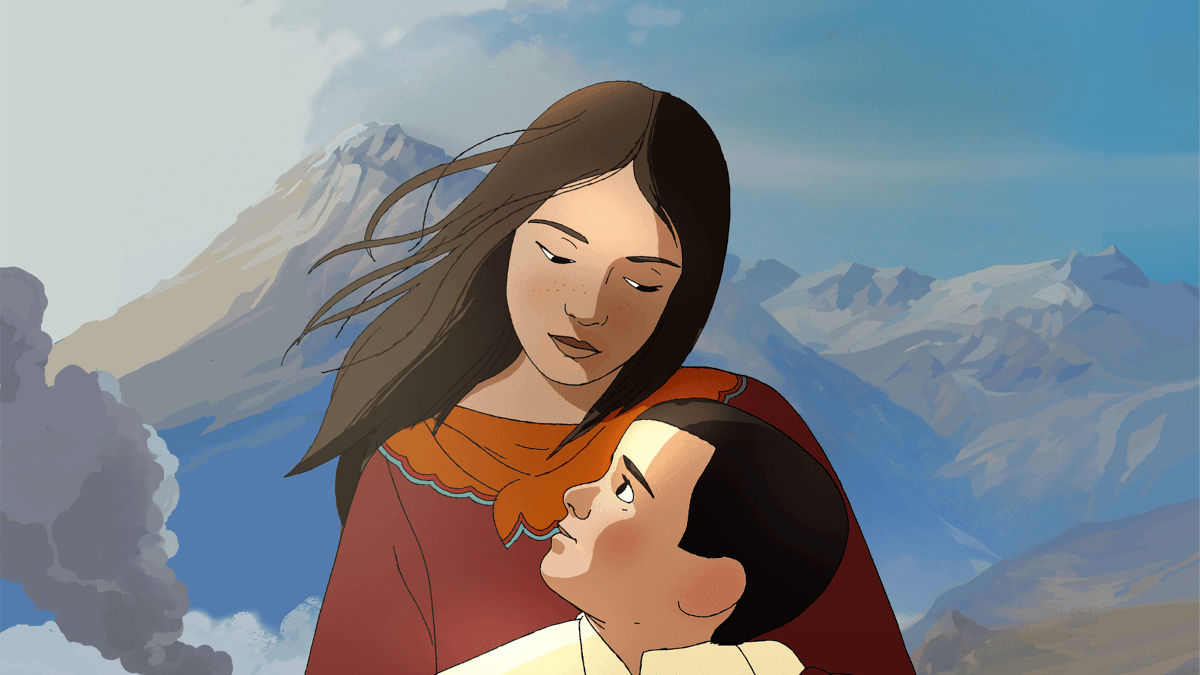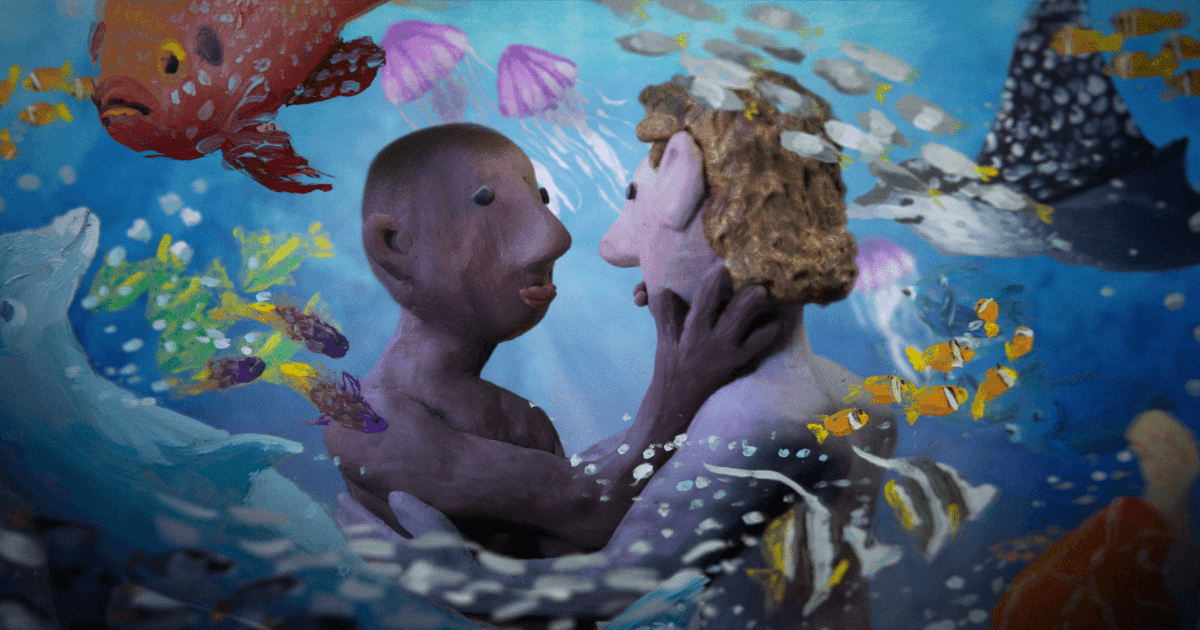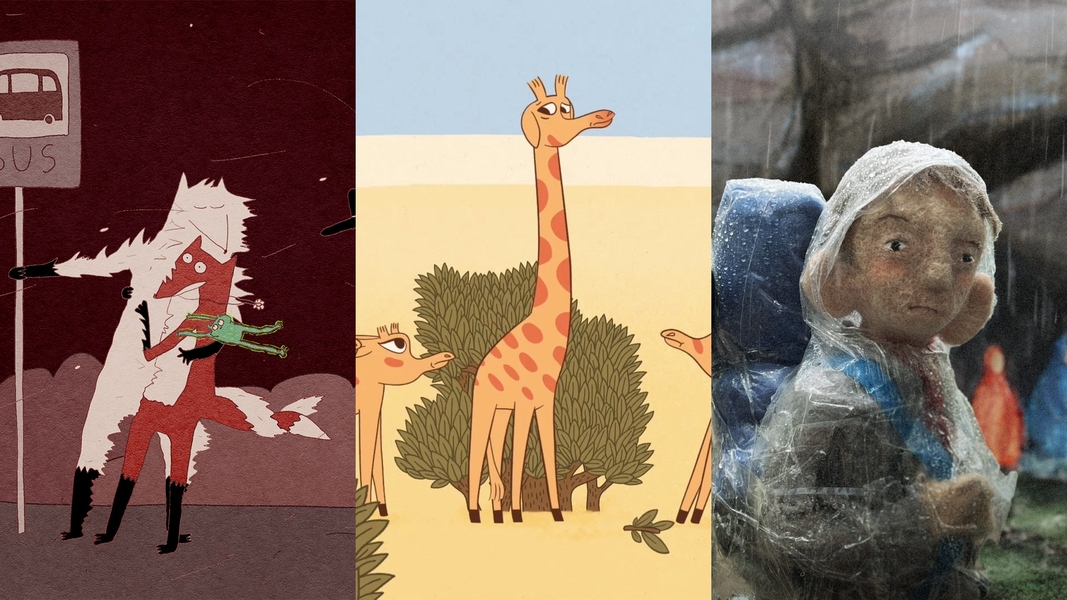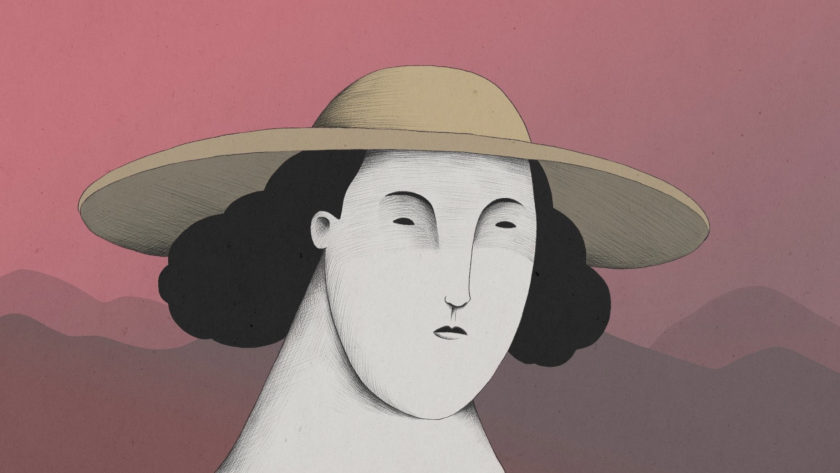CEE Animation Forum 2019: Tutors Talk
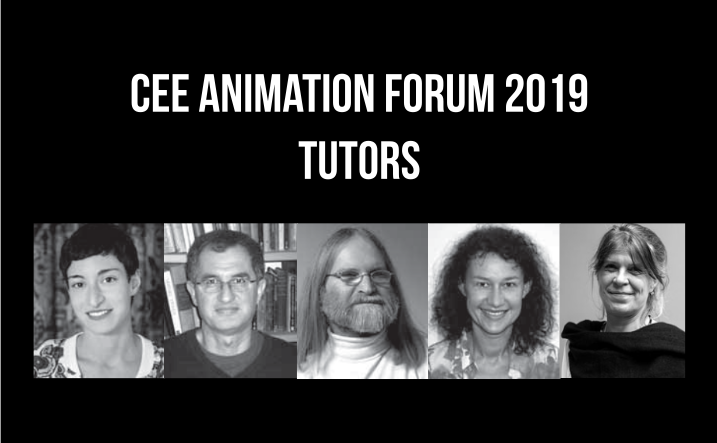
32 animation projects from all over Europe (find them all here) are going to be pitched during the 2019 CEE Animation Forum. Both short films, series/ TV specials, and also feature films (an area now in constant development) are looking not only for more funding, but also for more creative opportunities outside their national confines.
This international terrain of co-productions in animation, which CEE Animation Forum (former Visegrad Animation Forum) has admirably -since 2013- fostered and encouraged, is in definite need of co-ordinating. Co-production in animation needs to map not just the 'needs of the market', but (more importantly) to express in the most coherent and clear voice -and without any second worries- the joint creative vision of contemporary filmmakers themselves.
And here's the rub. Central Eastern European countries have a rich diversity in production on the one hand, a need to contact with both each other and the former Western Europe on the other, while at the same time they cannot but respond to new technological and formative challenges (a year-long CEE Animation Workshop training on animation, including hybrid projects, has now been implemented). The result: a definite need for a set of rules and presenting yourself as an animation filmmaker.
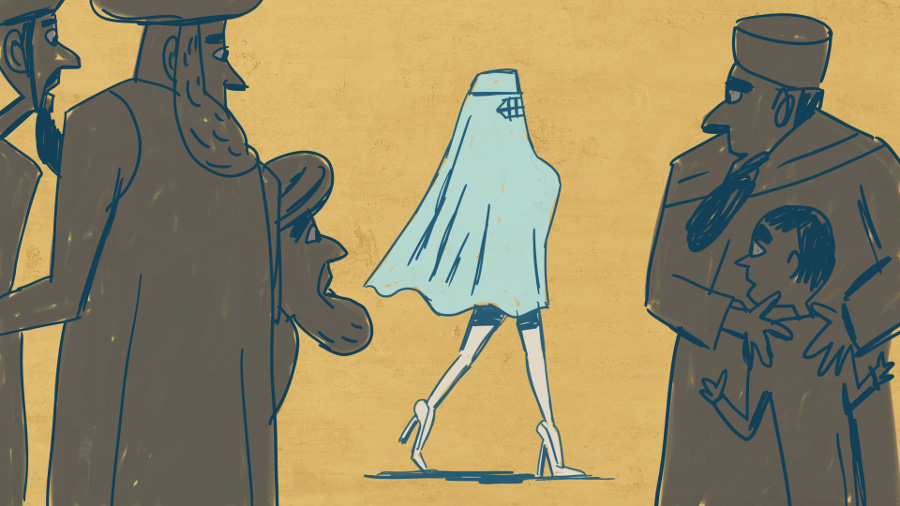
My Sunny Maad by Michaela Pavlátová (Czech Republic/ France), Feature Films in Development Category
Pitching your own material has become a staple term which can mean a lot, but it can also be intimidating as well. Zippy Frames asked two of the tutors at the 2019 CEE Animation Forum, Phil Parker (tutor for short films) and Anna Vášová (tutor series/TV specials projects).
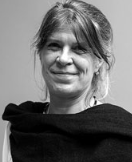 Anna Vášová started as a script executive at Czech TV in the 1990s. During that time she worked on several landmark projects including a feature film Kolja – Oscar for Foreign Feature in 1996.She also lectured dramaturgy at the Academy of Performing Arts and wrote scripts for theatre, TV and radio. Later she led the production and distribution arm of Barrandov Studios and then became Director of Programs at Czech TV. From there, she moved to Eurovision/EBU in Geneva, where she spent 15 years managing over 50 international co-productions across 86 broadcasters from 56 countries. Until 2018 Anna led two sectors at the Visegrad Animation Forum (now CEEA Forum). Currently, she is an independent scriptwriter and established an animation company 13ka focusing on scripts, project development and international cooperation. She is also a member of Czech TV Director’s Advisory board , lectures pitching at the Animation Department at FAMU and serves as a FAMU Artistic Board member. She lectures pitching at the Animation Department at FAMU and serves as a FAMU Artistic Board member.
Anna Vášová started as a script executive at Czech TV in the 1990s. During that time she worked on several landmark projects including a feature film Kolja – Oscar for Foreign Feature in 1996.She also lectured dramaturgy at the Academy of Performing Arts and wrote scripts for theatre, TV and radio. Later she led the production and distribution arm of Barrandov Studios and then became Director of Programs at Czech TV. From there, she moved to Eurovision/EBU in Geneva, where she spent 15 years managing over 50 international co-productions across 86 broadcasters from 56 countries. Until 2018 Anna led two sectors at the Visegrad Animation Forum (now CEEA Forum). Currently, she is an independent scriptwriter and established an animation company 13ka focusing on scripts, project development and international cooperation. She is also a member of Czech TV Director’s Advisory board , lectures pitching at the Animation Department at FAMU and serves as a FAMU Artistic Board member. She lectures pitching at the Animation Department at FAMU and serves as a FAMU Artistic Board member.
ZF: I am a participant with an animation project that started out a short film idea, but is now extended into an TV special project. What different factors should I think in terms of the story, co-production opportunities etc.?
AV: The TV Specials are a format that lately works well with some broadcasters - mainly at special occasions or seasons, so that could be an advantage when financing the project and seeking sales agents and distributors. You should be sure that the story had enough to it with the extension and that there is enough of exciting material for a 26 minutes show.
ZF: I am pitching a TV animation project for the first time. How seriously should I take detailed age limits into my story and pitch? For instance, 4-7 years old etc. And sometimes these change between countries.
AV: Target audience is an important issue and your partners will be very probably interested in what age group you are focused at. Yes audience maturity somewhat differs across different countries, but you can always start with what would be the ideal audience age in your own country. And the best would be if you check that against your national broadcaster’s programming slots. I.e. - in which slot would you be happy to see your programme and to what audience is that slot meant? You can than always discuss that further with interested partners. But you must be clear about your goals. And, by the way: 4 - 7 would be actually two target groups in majority of the countries in Europe - the preschool one (3 - 5) and the young school audience (6 - 7).
ZF: Could you give us (at least some) of the fine elements an effective pitch should have?
AV: Clarity in what is your story and characters, and in your motivation: why you feel like it is good or important to tell the story (why you and why now?). Some good screening material and examples of the graphic style and elements. Brief but well thought through info about the artists and the producer. Basic information about the target audience :-). format, budget, financing and partners i negotiation or in place. Information of what are you looking for (what type of partnership, what level of involvements of the co-producers etc)
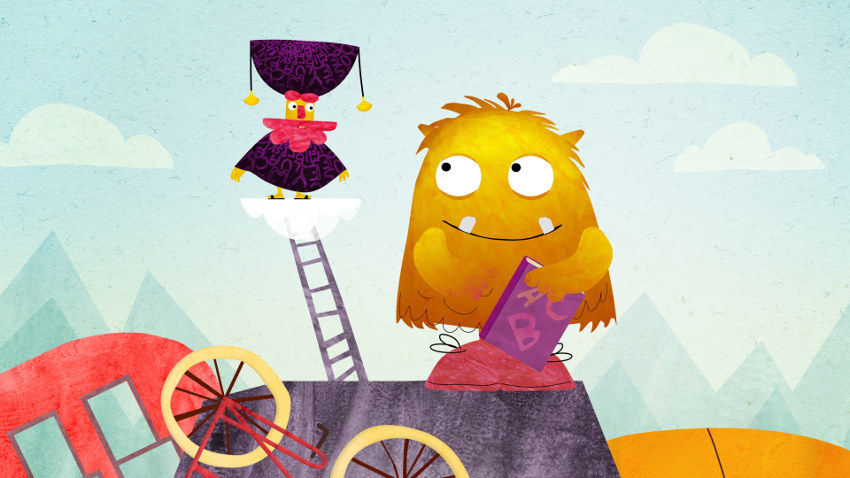 The Very Hairy Alphabet by Eliza Plocieniak-Alvarez (Germany), pitched at TV Series in Development Section
The Very Hairy Alphabet by Eliza Plocieniak-Alvarez (Germany), pitched at TV Series in Development Section
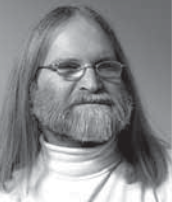 Phil Parker: Screenwriter and creative producer Phil Parker works on five continents and has developed original content in over twenty countries demonstrating there is a global capacity for new concepts. His clients have included Aardman Animation (the Oscar winning Wallace and Gromit – Curse of the Were-Rabbit and multi-award winning The Pearce Sisters), the Mob Film Company (Terry Prachett’s The Hogfather), Foreseesense (Bach in Brazil – 2016, 16 weeks in German Box office), the UK Film Council, Berlin-Brandenburg Medienboard, PRIME Exchange, and Nord Media. Phil Parker, co-wrote Manou the Swift (2018) and is a co-founder and CEO of BCre8ive, a multiplatform online development company.
Phil Parker: Screenwriter and creative producer Phil Parker works on five continents and has developed original content in over twenty countries demonstrating there is a global capacity for new concepts. His clients have included Aardman Animation (the Oscar winning Wallace and Gromit – Curse of the Were-Rabbit and multi-award winning The Pearce Sisters), the Mob Film Company (Terry Prachett’s The Hogfather), Foreseesense (Bach in Brazil – 2016, 16 weeks in German Box office), the UK Film Council, Berlin-Brandenburg Medienboard, PRIME Exchange, and Nord Media. Phil Parker, co-wrote Manou the Swift (2018) and is a co-founder and CEO of BCre8ive, a multiplatform online development company.
ZF: What is it that you can try most effectively to communicate to participants within the time frame of the tutoring? Is it the shaping of the story, the whole presentation (including visuals), or the general idea that needs to be clearly formulated?
PP: All of the above. Obviously, there is a question of shaping the whole pitch for the specific audience, including the presentation. The latter needs to include a short engaging version of the story plus some visuals, which indicate the style of the piece.
ZF: Is it more or less difficult to pitch a short or feature film? Also, animation shorts include fine visuals in their pitches. Is this a benefit or it can be a disadvantage as well? (for instance, too many visuals, but no overall coherent organization)
PP: There is no fundamental difference between a short and feature film pitch. The question of the balance within the presentation is always an issue, with people tending to overload with either too many story details, or too many visuals. The key is to make the pitch engaging - a reason to start a longer conversation.
ZF: You've probably done a lot of pitching of your own projects. What can you learn from your own experience, and teach others as well?
PP: The key is to not overload a pitch. People tend to want to know a few key points . The first is why you want to make this specific film? The second is what it is about - be a documentary or a fiction? The key things are to identify who are, or what is, the central character/focus, what is the dramatic problem they face, and why they cannot solve it easily? After this it is what is the current status of the film? Is it partially financed, is there a teaser/trailer, or a screenplay? And finally, how do you want the person you are pitching to help you?
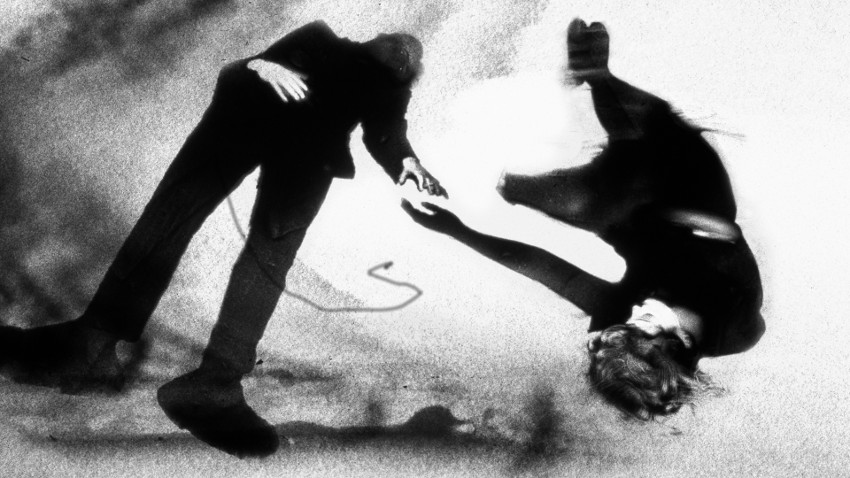
Kafka in Love by Zane Oborenko (Latvia), one of the short film projects to be pitched at CEE Animation Forum 2019
Discover The Complete Line-Up of CEE Animation Forum 2019 Projects
CEE Animation Forum (May 6th – 8th, 2019) takes place within the Anifilm International Festival of Animated Films (May 7th – 12th, 2019). CEE Animation is supported by the Creative Europe – MEDIA Programme of the European Union and co-funded by state funds and foundations and professional organisations from the Czech Republic (ASAF, Association of Czech Animation), Hungary (MOME ANIM, Moholy-Nagy University of Art and Design, Budapest), Poland (SPPA, Polish Animation Producers Association), Slovakia (APAF, Slovak Association of Animated Film Producers) and Slovenia (DSAF, Slovenian Animated Film Association). Zippy Frames is a media sponsor of the event.




